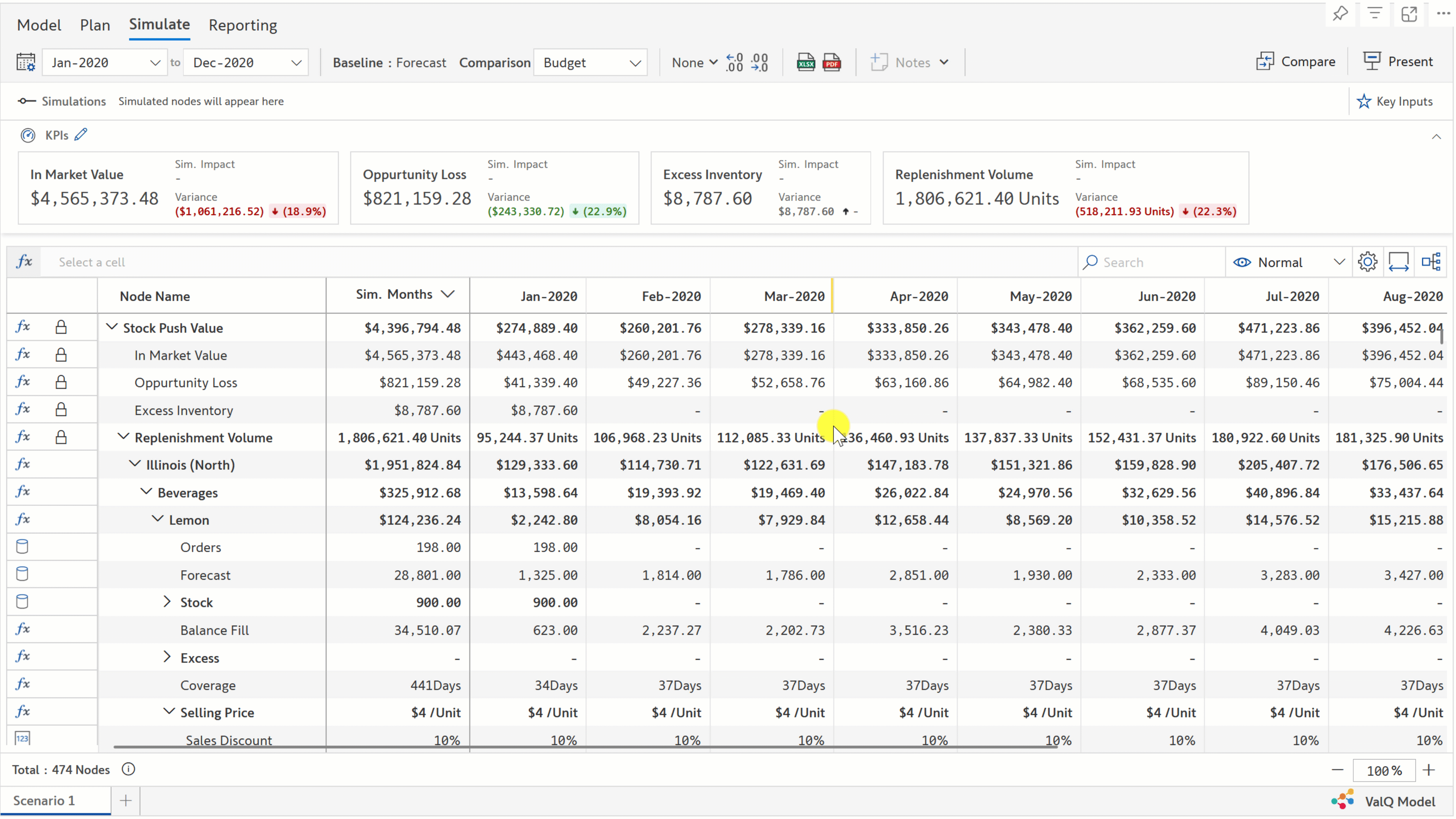In order to perform quantitative analysis, we explore historical numbers (at least sales revenue & volume supplied data) to start predicting future consumption plans. This plays an important role in fine-tuning the gaps between our Sales Forecast and Budget. Moreover, this helps us create plans to build optimum inventory and even allocate stocks for promotional events in order to push sales during peak season. Though this is different compared to a statistical approach however, it has some similarities because of the fact that it considers historical numbers.
Gauging consumer demand is not just restricted or possible with historical data. Hence, there are professionals from the domain of Sales Planning and Analytics who research and identify the drivers responsible for high or low consumer demand. These planners eventually convert the drivers in numeric components to create scenarios and ‘what if’ analysis.
Let us understand some of the important and commonly identified ‘Consumer Demand Drivers’.
Income
This being the primary driver, holds the first preference while being identified as a demand driver. Income defines the potential and buying power of the consumer. High income will attract high consumption through the purchase of goods & services. Pre-dominantly, an important force to support a better lifestyle and prefers quality goods. Some categories/industries observe maximum sales during the month-end because the majority of the working-class consumers get their remuneration and wages during the same period.
Product Price
The price of a specific item or service also acts as a key criterion for consumers to select the product or switch to a competitor’s product. At times, pricing may be considered to either make a purchase or wait for better discounts in the near future. Businesses need to analyze the impact of pricing strategies compared to competition offering almost every time. Goes without saying that pricing does not continue to change drastically every month however when it is reviewed, it is also essential to compare the impact of ‘Cost to Serve’ right from the procurement stage to delivery of goods to Customer.
Related Product’s Price
Related Product can either be a ‘Compliment’ or a ‘Substitute’. Two products consumed together are an example of ‘Complement’. We can say that a pair of socks become ‘Complement’ with a pair of shoes. Unlike this, ‘Substitute’ means when we consume a product in place of another. For example, buying Denim Jeans in place of a formal Trouser. A little complicated in nature, this demand driver mostly supports the pricing and availability of stocks of related goods at the same time. Better pricing and availability brings in higher sales.
Consumer Taste
Time and again manufacturers have continued to deliver better quality products. This is primarily due to a consumer’s behavior in opting to consume better or superior quality goods. It has also been observed that consumers with such a mindset do not bother on Price. All that matters to them is a good product and they do not compromise on the quality at all. This behavior mainly comes from consumers falling under high-income group.
Expectation from Product
Whatever is bought, it should definitely fulfill the consumer’s expectation. The purpose of purchase could be a necessity, fashion, commercial need, luxury, health, etc. Be it a better quality product or a low priced item, any and every consumer has few or many expectations from the product. If that stands unfulfilled, it is often observed that the customer switches to a competitor’s product and eventually churns out of our business. It becomes an important driver to keep our customers loyal to us and continue to prefer our products for future consumption too.
ValQ is a modern no-code planning solution that is very intuitive, interactive and for instant strategic decision making. ValQ empowers analysts and planners embrace data-driven insights to streamline processes, reduce costs and optimize outcomes. They can perform simulations on the fly, create & compare budgets, forecasts and scenarios, build complex business plans and more in a matter of minutes.

To learn more, tune in to one of our ValQ Webinars or try our product for free here.